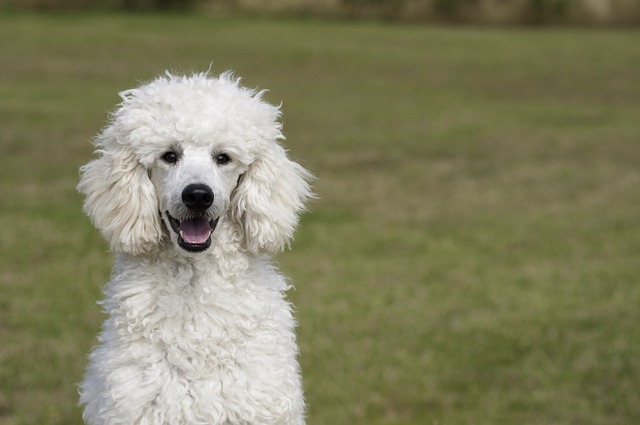
Can I treat parasitic infections in dogs at home
Imagine you’re in your New York City apartment, kneeling on the rug to play with your 8-month-old Beagle, Lola. She’s been nipping at her hind leg nonstop
How do I make my dog’s paws not so rough? If you’ve ever knelt to wipe your border collie “Jake’s” paws after a winter walk, noticing his pads feel like sandpaper—dry, cracked, and slightly flaky—you’re not alone. Rough paws aren’t just a texture issue; they can hurt, making walks uncomfortable or even painful. Whether it’s from scorching summer asphalt, icy winter sidewalks, or just daily wear, there are gentle ways to soften those tough pads and keep them healthy. Let’s break down why paws get rough and how to smooth things over.
First, let’s talk about what makes paws rough. A dog’s paw pads are designed to be tough—thick layers of keratin protect them from scrapes and temperature extremes. But when that layer dries out or gets overworked, it becomes brittle. Think of it like your lips in winter: without moisture, they crack. For Jake, those Colorado winters are brutal—road salt dries his pads, and the cold air saps their natural oils. In summer, Phoenix’s 120°F pavement can scorch pads, leaving them rough and peeling. Even apartment dogs aren’t safe: running on hard tile floors all day can wear down pads faster than soft grass.
So, how to soften them? Start with a post-walk routine. After outdoor time, wipe Jake’s paws with a warm, damp cloth to remove dirt, salt, or chemicals—these irritants dry pads further. Once a week, give them a “paw soak”: mix lukewarm water with a splash of coconut oil (safe for dogs to lick) and let his paws soak for 2 minutes. Pat them dry, then apply a pet-safe paw balm—look for ones with shea butter or beeswax. My neighbor in Seattle swears by this for her lab “Luna,” who used to limp on rainy days; after 2 weeks, her pads were smooth enough to “high-five” without wincing.
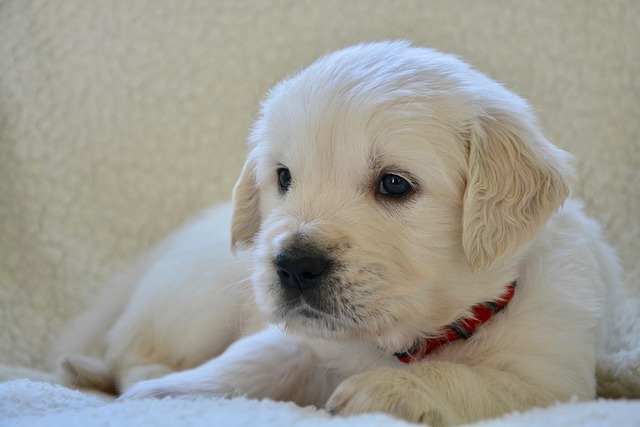
Trim the fur between his paw pads, too. Long fur traps mud and ice, which can pull at pads and cause irritation. Use small, rounded scissors to snip gently—if Jake fidgets, reward him with a treat afterward. Positive reinforcement here goes a long way; he’ll learn paw care means good things, not stress. Avoid over-trimming, though—some fur acts as a natural buffer.
This care ties into responsible pet ownership. Keep Jake’s rabies vaccine current—required by 4 months in all U.S. states, with fines up to $500 in Los Angeles. Healthy paws mean more active walks, and a vaccinated dog is a safe dog. When out, always carry poop bags (fines in Chicago hit $250 for skipping) and steer clear of salted sidewalks—they’re harsh on paws and toxic if licked. Apartment dwellers, lay down a soft rug near doors to cushion paws from hard floors, and limit zoomies on tile to reduce wear.
At community parks, watch for rough terrain like gravel or broken glass—steer Jake toward grassy areas to let his pads recover. And never scold if he resists paw checks; instead, make it a game: “Paw?” followed by a treat when he offers it. Trust makes care easier, and calm paws stay healthier.
With consistent moisture and gentle care, Jake’s paws will soften up. And when he trots through the park, pads supple and pain-free? That’s the best sign you’re doing it right—happy paws, happy pup.

Imagine you’re in your New York City apartment, kneeling on the rug to play with your 8-month-old Beagle, Lola. She’s been nipping at her hind leg nonstop
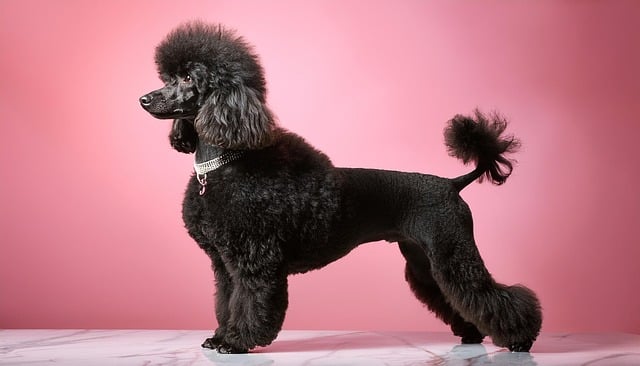
Imagine you’re in your Chicago apartment, settling in for a movie night with your 2-year-old Boston Terrier, Luna. She curls up on your lap
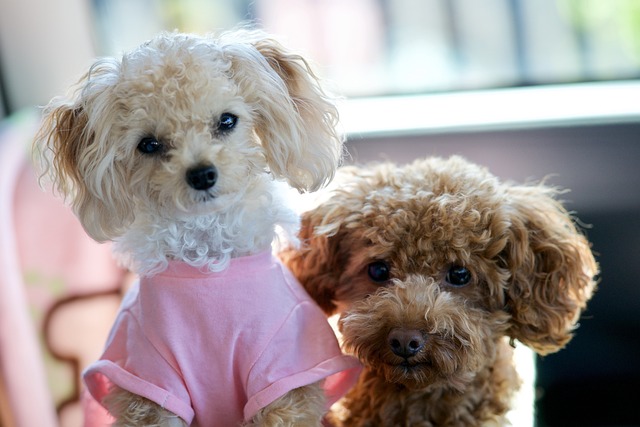
Imagine you’re in your Los Angeles apartment, making breakfast while your 1-year-old Corgi, Milo, circles your feet—usually, he’s begging for a scrap of toast
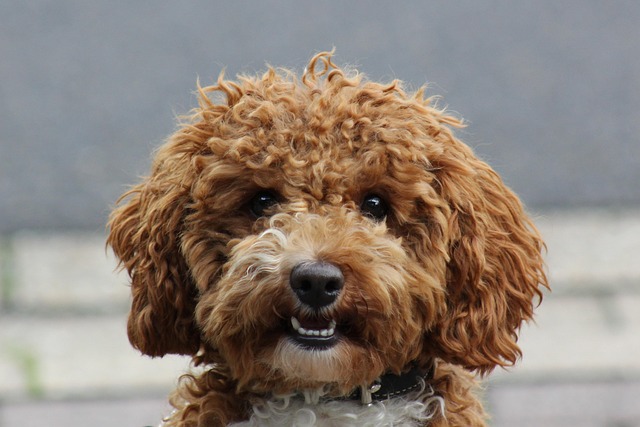
Imagine you’re in your New York City apartment, sitting on the couch with your 6-month-old Golden Retriever, Max. He’s been scratching his ear nonstop

Those reddish-brown streaks around your dog’s eyes aren’t just unsightly—they’re often a sign of constant tearing. Breeds like Shih Tzus and Pugs, with their big, round eyes, are especially prone to this, thanks to their facial structure trapping moisture

Watching your faithful companion grow older comes with a learning curve many pet owners aren't prepared for. While your intentions may be good